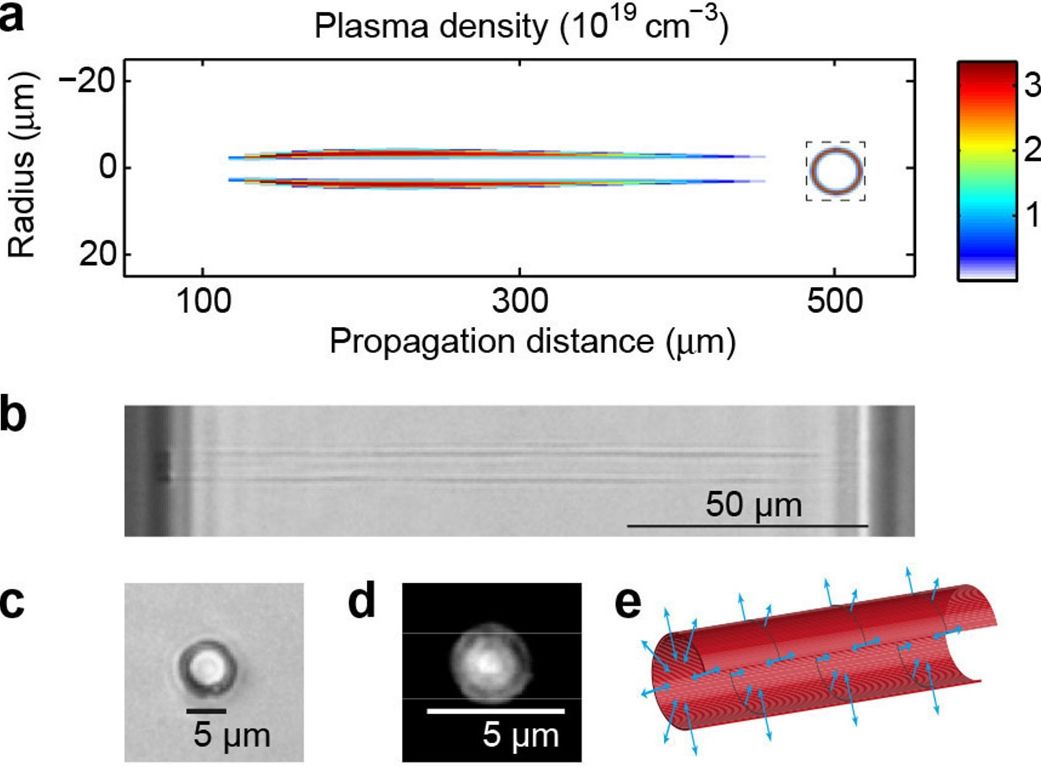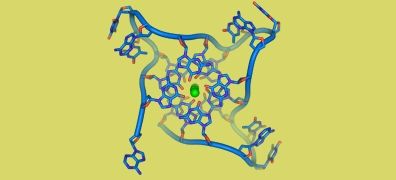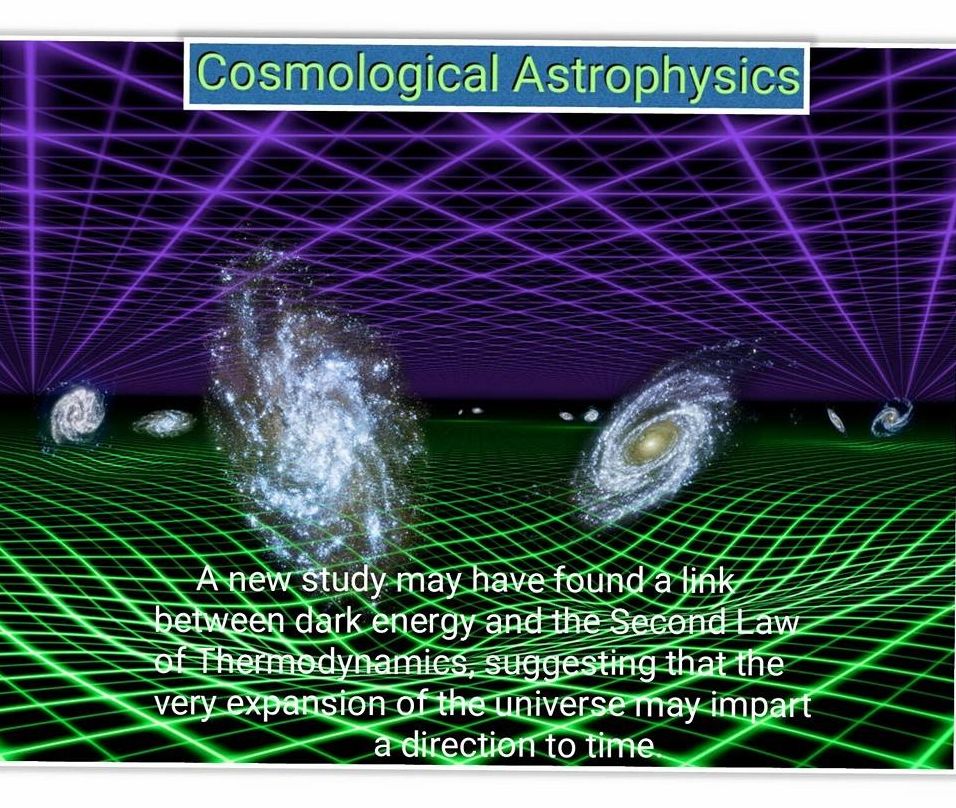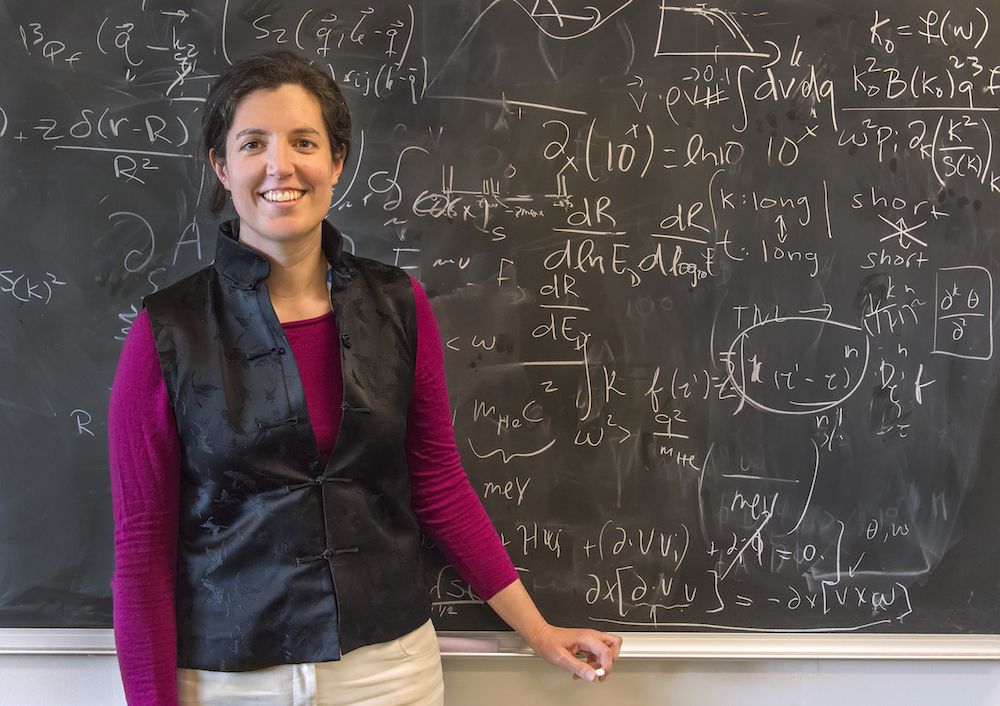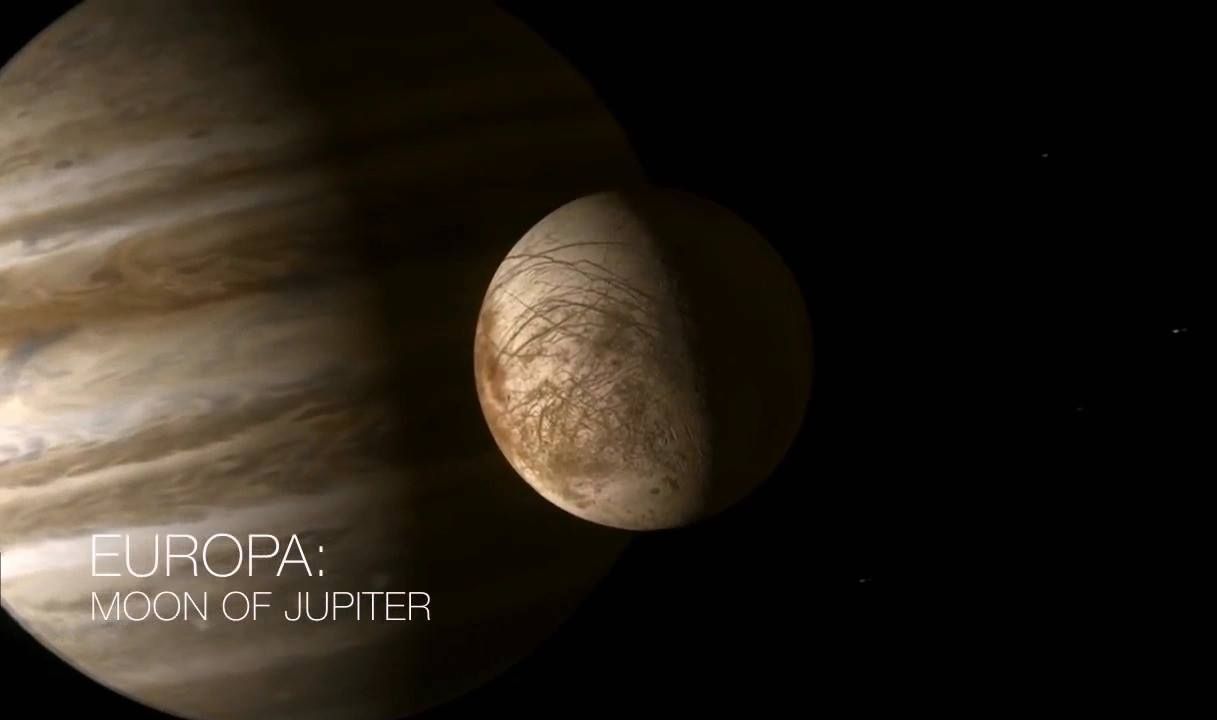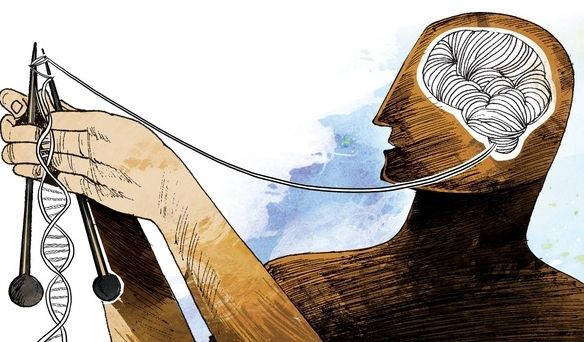Page 11168
May 25, 2016
High-power, diffraction-free femtosecond vortex for laser materials processing
Posted by Karen Hurst in categories: computing, electronics, mobile phones
Non-diffracting Bessel vortex beams exhibit diverse propagation regimes in glass that can be observed with a novel imaging strategy.
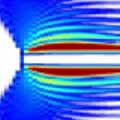
High-power femtosecond pulses have become a key tool in processing of transparent materials (e.g., glass and sapphire) for the present and the next generation of consumer electronics.1 Associated major industrial challenges include high-quality and high-speed cutting of screen glass for smartphones, camera windows, or drilling of through-vias (vertical interconnect access) in interposers for the circuitry of 3D electronic chips. Ultrafast laser pulses (on picosecond or femtosecond timescales) allow for structuring transparent materials with high levels of accuracy. When the laser pulses propagate into the transparent dielectrics, they usually undergo high distortions.2 These distortions arise because of the nonlinear Kerr self-focusing effect and because of the interaction of the pulse with the plasma, which the pulses generate in the material. The propagation is therefore highly nonlinear and prevents uniform energy deposition along the beam propagation.
Continue reading “High-power, diffraction-free femtosecond vortex for laser materials processing” »
May 25, 2016
Israeli firms develop high-speed 3D printer for stem cells
Posted by Karen Hurst in categories: 3D printing, biotech/medical
3D Stem Cells — definitely makes sense given the organ, skin graffe, etc. produce on 3D printers in today’s labs.
JERUSALEM – Israeli 3D printer firm Nano Dimension has successfully lab-tested a 3D bioprinter for stem cells, paving the way for the potential printing of large tissues and organs, the company said on Wednesday.
While 3D printers are used already to create stem cells for research, Nano Dimension said the trial, conducted with Israeli biotech firm Accellta Ltd, showed its adapted printer could make large volumes of high resolution cells quickly.
Continue reading “Israeli firms develop high-speed 3D printer for stem cells” »
May 25, 2016
Tratamento com hormônios sexuais recupera células de doenças genéticas graves
Posted by Bruno Henrique de Souza in categories: biotech/medical, genetics, life extension, sex
Treatment with sex hormones recovers serious genetic diseases cells, this is the first demonstration that the lengthening of telomeres is possible in humans with the use of a medication,” says the researcher.
Estudo demostrou que há como estimular a enzima telomerase por meio de hormônios sexuais, tanto masculinos quanto femininos.
Por Redação — Editorias: Ciências, Ciências Biológicas, Ciências da Saúde.
Continue reading “Tratamento com hormônios sexuais recupera células de doenças genéticas graves” »
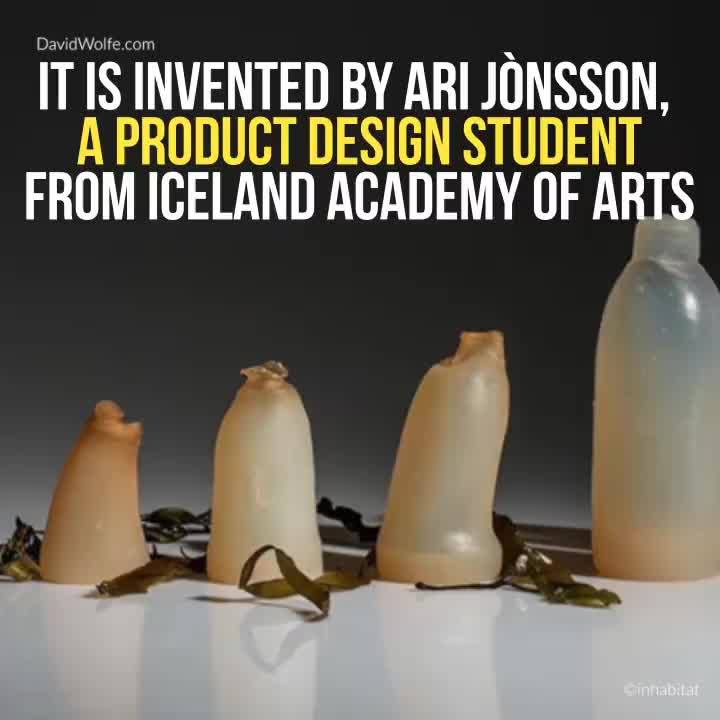
This algae-based biodegradable water bottle could change the water bottle industry forever!
May 25, 2016
New Research Suggests Dark Energy Might be the Reason Time Runs Forward
Posted by Andreas Matt in categories: energy, physics
Interesting…
First, we take ‘Time’, as we know it’s one of those things that we take for granted—time moves forward and never backward. But did you ever stop to wonder why it moves in one direction, as opposed to the other?
The question continues to stump physicists. After all, there are certain physical processes that are actually time-reversible—they look the same no matter which way you run them.
Continue reading “New Research Suggests Dark Energy Might be the Reason Time Runs Forward” »
May 25, 2016
Hunting for dark matter’s ‘Hidden Valley’
Posted by Andreas Matt in categories: cosmology, physics
Kathryn Zurek realized a decade ago that we may be searching in the wrong places for clues to one of the universe’s greatest unsolved mysteries: dark matter. Despite making up an estimated 85 percent of the total mass of the universe, we haven’t yet figured out what it’s made of.
Now, Zurek, a theoretical physicist at the Department of Energy’s Lawrence Berkeley National Laboratory (Berkeley Lab), says thanks to extraordinary improvements in experimental sensitivity, “We increasingly know where not to look.” In 2006, during grad school, Zurek began to explore the concept of a new “Hidden Valley” model for physics that could hold all of the answers to dark matter.
“I noticed that from a model-builder’s point of view that dark matter was extraordinarily undeveloped,” she said. It seemed as though scientists were figuratively hunting in the dark for answers. “People were focused on models of just two classes of dark matter candidates, rather than a much broader array of possibilities.”
May 25, 2016
NASA just found even more evidence that Europa could host alien life
Posted by Shailesh Prasad in categories: alien life, particle physics
May 25, 2016
Big Ideas, Big Conflicts in Plan to Synthesize a Human Genome
Posted by Klaus Baldauf in category: biotech/medical
Printing genomes on demand could mean custom-built organisms, difficult ethical questions, and profits for a handful of companies.
May 25, 2016
The quantum world view and vedanta
Posted by Karen Hurst in categories: evolution, quantum physics
Luv this article (science meets philosophical theory on the evolution of science); reminds me of an article that one of my Quantum friends shared yesterday on Linkedin Pulse.
Science is the biggest enterprise that man ever created. Of all the living things on this planet, man is the only one that seems to have started thinking about how this world works. To understand that he started this new venture, called Science, which was originally meant just to understand how this world works. Some exceptionally brilliant minds did accidentally stumble upon some understanding of the world’s laws like gravity, buoyancy, and others in the west while Indian sages had realised this much earlier.
Next step was to find out how the world works by doing some experiments. That was the stage when the Churches started obstructing “Science” as this kind of scientific enquiry, the Church felt, might interfere with religious beliefs. That is where the first conflict between religion and science started. The fall out was that scientists subconsciously developed an aversion to the God concept in religion and thus God was kept out of the scientific realm. Let us, therefore, think from now on. Science, then, was more of a hobby for the well to do. The leading lights of that generation were Isaac Newton and Albert Einstein. There were a host of others but less illustrious than these two. Newton’s Laws of deterministic predictability and Einstein’s laws of relativity together founded a world view of “space-time” constraints where everything else out with this space time module was rejected.

